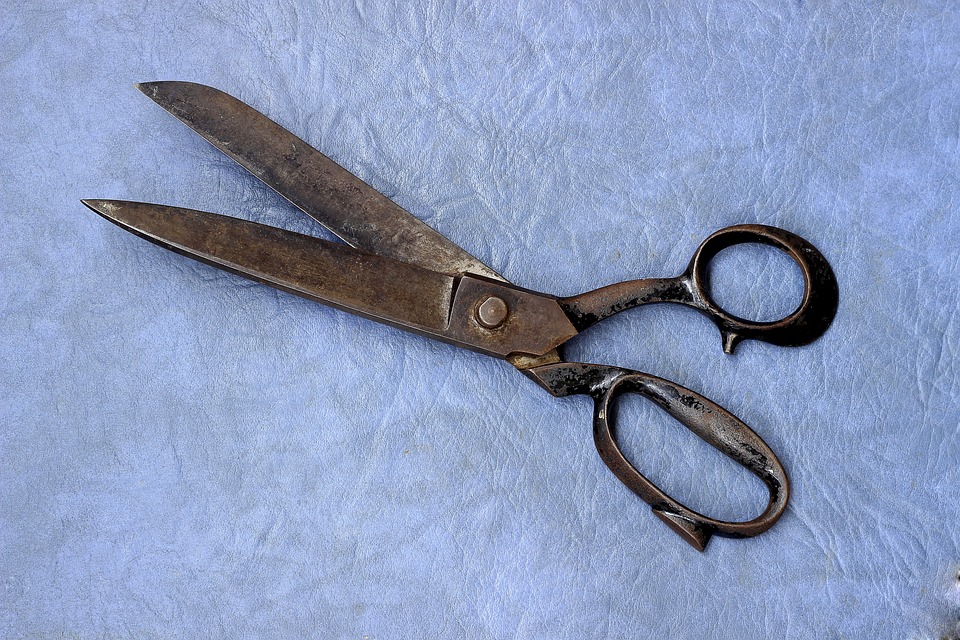Thread Testing: Evaluating Quality and Performance of Sewing Threads
When it comes to sewing, whether it’s for a simple household project or a professional garment production, the quality and performance of the thread used play a vital role in the overall success of the finished product. This is why thread testing is an essential process in evaluating the reliability and durability of sewing threads. By subjecting the threads to various tests, manufacturers and sewers can ensure that they are using high-quality threads that can withstand the demands of different sewing applications.
One of the primary considerations in testing sewing threads is their strength. Thread strength is crucial as it determines how well the thread can hold up under tension without breaking or unraveling. The most common method of testing thread strength is the tensile strength test, where a thread sample is secured between two clamps and pulled until it breaks. By measuring the maximum force applied to break the thread, manufacturers can determine the thread’s strength and set quality standards accordingly. This ensures that the thread can withstand the pulling and tension it will experience during sewing without compromising its integrity.
Another important aspect of thread testing is evaluating the thread’s elongation or stretch. The ability of a thread to stretch is essential in accommodating the fabric’s movement and avoiding the thread from snapping when exposed to stress. Controlled elongation tests are conducted by stretching the thread sample to a specific percentage of its original length and measuring the extension. This information helps determine how much stretch the thread can endure before it fails, allowing sewers to select the appropriate thread for different materials and sewing techniques.
Abrasion resistance is another crucial parameter in thread testing. As sewing involves constant friction between the thread and the fabric, testers need to assess the thread’s ability to withstand wear and tear. One common test is the Taber abrasion test, where the thread is rubbed against a rotating abrasive wheel for a specific number of cycles. By evaluating the thread’s appearance and measuring any loss of strength or breakage, manufacturers can determine its resistance to abrasion. Threads with high abrasion resistance are more durable and less likely to fray or weaken during extended use, resulting in higher-quality finished products.
Colorfastness is an essential characteristic to evaluate, especially for threads used in sewing garments. Colorfastness refers to the thread’s ability to maintain its color when exposed to factors like light, washing, or other environmental conditions. To test colorfastness, thread samples are subjected to artificial light or laundering processes and evaluated for any fading, bleeding, or discoloration. This ensures that the thread can retain its color even after repeated washing or exposure to sunlight, preventing any undesirable effects on the final appearance of the sewn item.
In addition to quality testing, performance evaluation is also significant for sewing threads. This includes assessing the thread’s behavior during the sewing process, such as its tension and lubrication properties. Tension tests measure the thread’s response to stress and its ability to maintain a consistent thread tension throughout sewing. Proper tension is crucial for achieving balanced stitches and preventing thread breakage or looping. Lubrication tests, on the other hand, evaluate the thread’s slipperiness or slickness, which affects its smooth passage through the sewing machine’s mechanisms. Threads with appropriate lubrication reduce friction and increase the overall efficiency of the sewing process.
Thread testing plays a pivotal role in ensuring the quality and performance of sewing threads. By subjecting threads to a variety of tests, manufacturers can determine their strength, elongation, abrasion resistance, colorfastness, and other essential characteristics. This helps them establish quality standards and select the most suitable threads for specific sewing applications. For sewers, using high-quality threads means more reliable and durable stitches, resulting in better-finished products that can withstand the test of time. So next time you embark on a sewing project, consider the thread you choose and its testing credentials, as it can make a significant difference in the end result.

